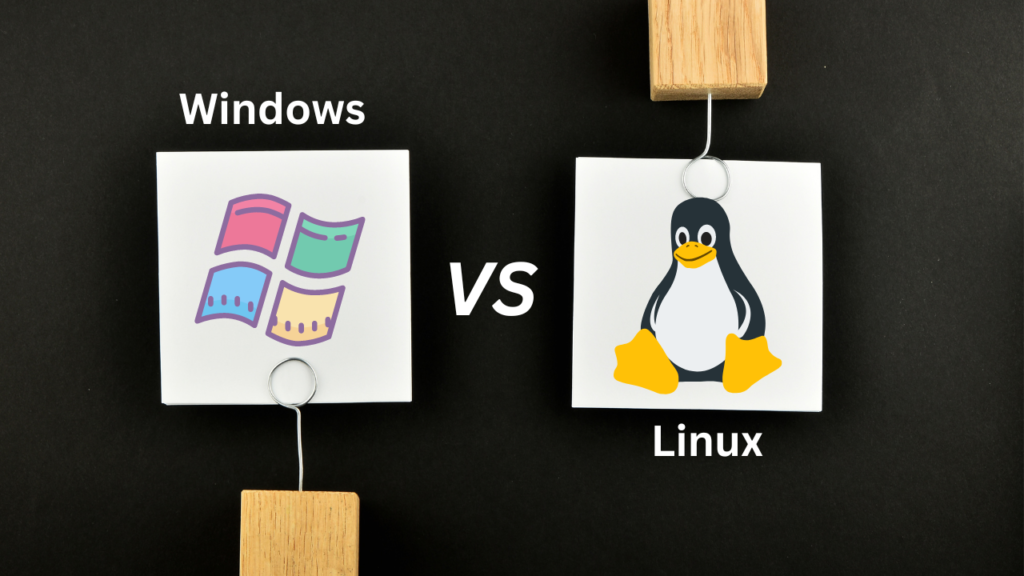Introduction
In the realm of operating systems, two major players stand out: Windows and Linux. This article dives deep into the intricacies of Linux, delves into the significance of the Linux kernel, and highlights the contrasting features that set Windows and Linux apart. Discover how these systems differ and why Linux has become an appealing choice for many.

Understanding Linux: Versatility and Customization
Linux is an open-source operating system renowned for its adaptability, customization options, and stability. Unlike its proprietary counterpart, Windows, Linux’s open nature means that its source code is accessible to everyone. This fosters a collaborative ecosystem where developers can enhance, modify, and distribute their versions, often referred to as “distributions” or “distros.”
With its emphasis on security and efficiency, Linux caters to a wide array of devices. From servers and supercomputers to smartphones and embedded systems, Linux’s adaptability shines through. Its community-driven philosophy promotes collaboration and transparency, making it a favorite among users and developers alike.
The Linux Kernel: The Heart of the System
At the core of the Linux operating system lies the Linux kernel. Conceived by Linus Torvalds in 1991, the kernel serves as a vital link between hardware and software. It manages hardware communication, resource allocation, and essential functions. Over the years, the kernel has evolved through contributions from a global network of developers.
Memory management, process scheduling, device drivers, and file system access are all under the kernel’s purview. This critical component ensures the seamless and secure execution of software applications on hardware, solidifying Linux’s reputation.
Comparing Windows and Linux: A Closer Look

- Licensing Matters:
- Windows: Proprietary software model accompanied by licensing fees.
- Linux: Open-source nature enables downloading, modifying, and distribution without cost.
- Personalized Customization:
- Windows: Limited customization due to its proprietary nature.
- Linux: High customization levels via diverse distros catering to unique needs.
- Software Installation Simplified:
- Windows: Centralized software repository and third-party sources.
- Linux: Streamlined software installation via package managers from official repositories.
- Security Standing:
- Windows: Prone to malware due to widespread usage.
- Linux: Lesser vulnerability to viruses and swifter patching through open-source collaboration.
- Command Line Power:
- Windows: Command Prompt and PowerShell available.
- Linux: Terminal offers extensive control, automation, and scripting potential.
- Hardware Harmony:
- Windows: Strong driver support for commercial hardware.
- Linux: Evolving hardware compatibility; specific drivers may be required for certain components.
- Community and Support:
- Windows: Commercial support available, community integration varies.
- Linux: Vibrant community support, prompt issue resolution, and collaborative problem-solving.
Conclusion
Linux’s open-source ethos, combined with the robust Linux kernel, has positioned it uniquely in the OS landscape. The kernel’s role as the central component underscores its importance in delivering stability and efficiency. While Windows and Linux offer distinct experiences, both come with their own strengths and weaknesses.
As technology advances, choosing between Windows and Linux hinges on individual preferences, specific usage scenarios, and customization requirements. A comprehensive understanding of these systems empowers users to make informed decisions and harness the capabilities of each operating system effectively.



